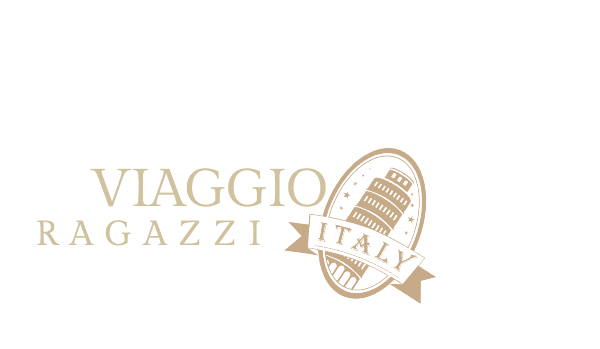Nestled in the heart of Florence, Italy, Pitti Palace is a cultural gem that beckons travelers with its timeless allure. This historic palace, built in the 15th century, encapsulates the essence of Renaissance grandeur and provides a fascinating journey through art, history, and nature.
The amazing History of the Pitti Palace
The illustrious history of Pitti Palace in Florence is intricately woven into the tapestry of the Medici family’s influence. Originally commissioned by Luca Pitti (legend has it that Luca Pitti aspired to outshine the powerful Medici family) in the 15th century as a testament to his financial prowess, the palace ironically changed hands when the Medici family, captivated by its architectural splendour, acquired it. This marked the beginning of a transformative era for Pitti Palace, as it became a symbolic seat of power and opulence for the Medici dynasty.
The Medici’s imprint on Pitti Palace is evident in every corner, from the lavish Royal Apartments that echo with tales of extravagant banquets to the Palatine Gallery adorned with masterpieces curated by generations of Medici patrons. The palace, once a symbol of rivalry, now stands as a living legacy to the Medici family’s enduring influence on art, culture, and politics in Renaissance Florence.
Adding a fascinating chapter to Pitti Palace’s history is the brief but significant stay of Napoleon Bonaparte. In the early 19th century, Napoleon made the palace his residence during his rule over Tuscany. The rooms that once witnessed the lavish gatherings of the Medici now bore witness to the strategic discussions and political decisions of a different era. This intersection of history, where the grandeur of the Renaissance met the ambitions of a French emperor, further enriches the multifaceted narrative of Pitti Palace.
Thus, Pitti Palace stands not only as a physical manifestation of architectural brilliance but as a living testament to the dynamic forces that shaped its history. From the Medici’s transformative influence to the brief but impactful residence of Napoleon, each chapter contributes to the palace’s allure, making it a captivating destination for those seeking a profound connection with Italy’s storied past.
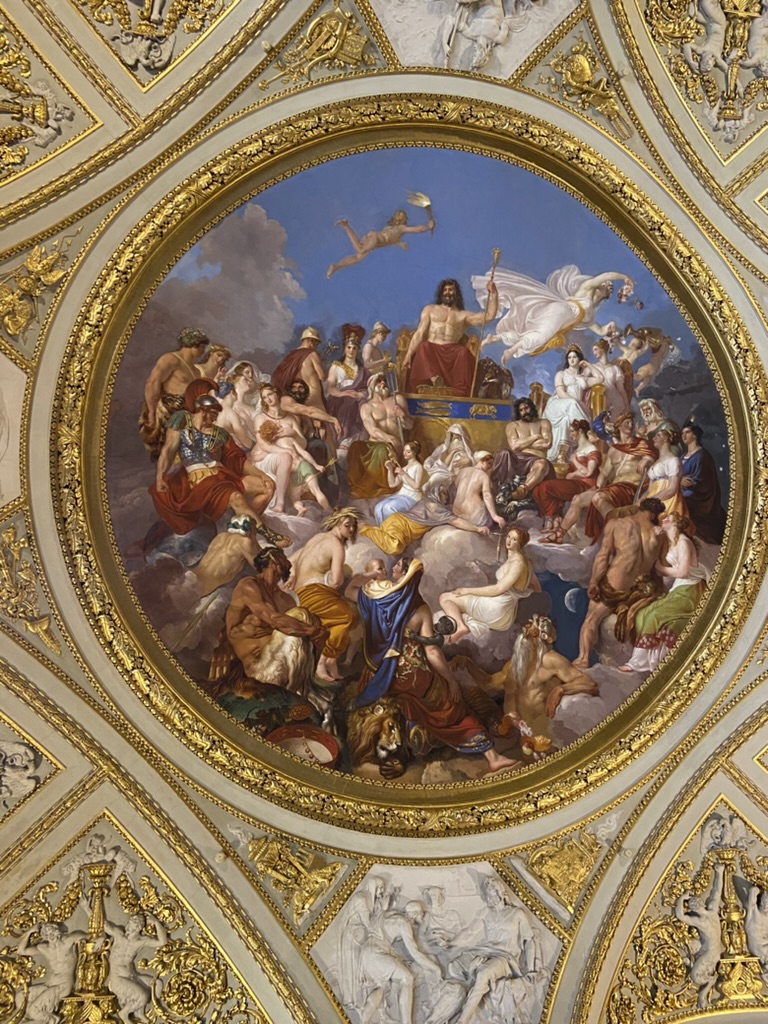
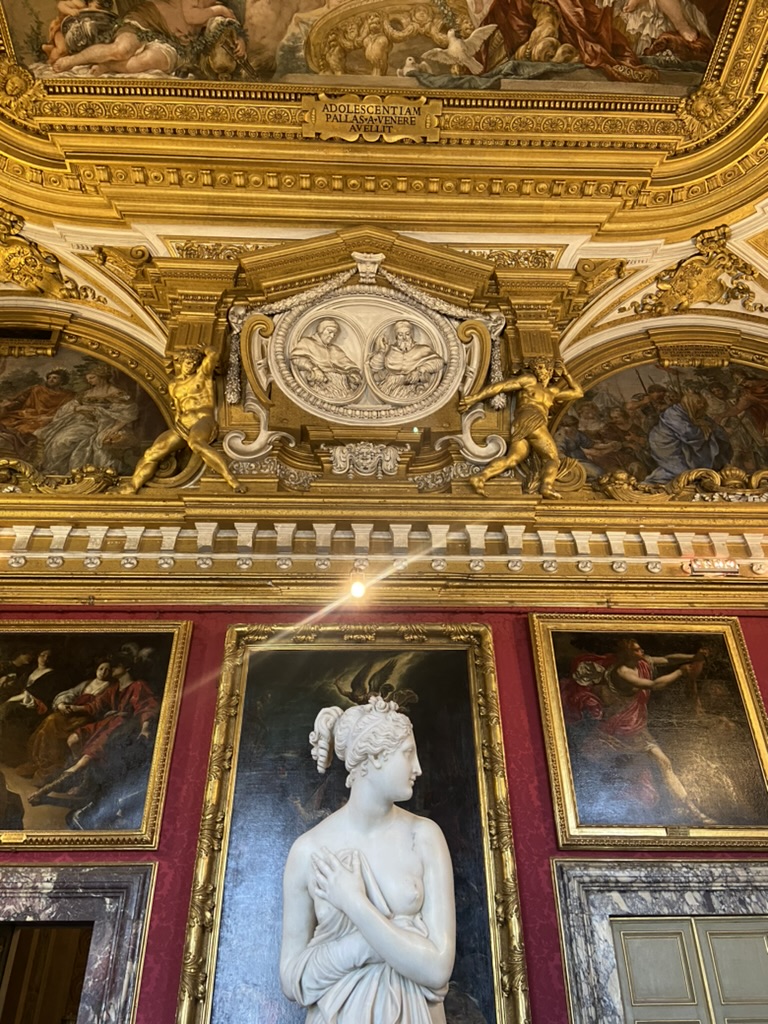
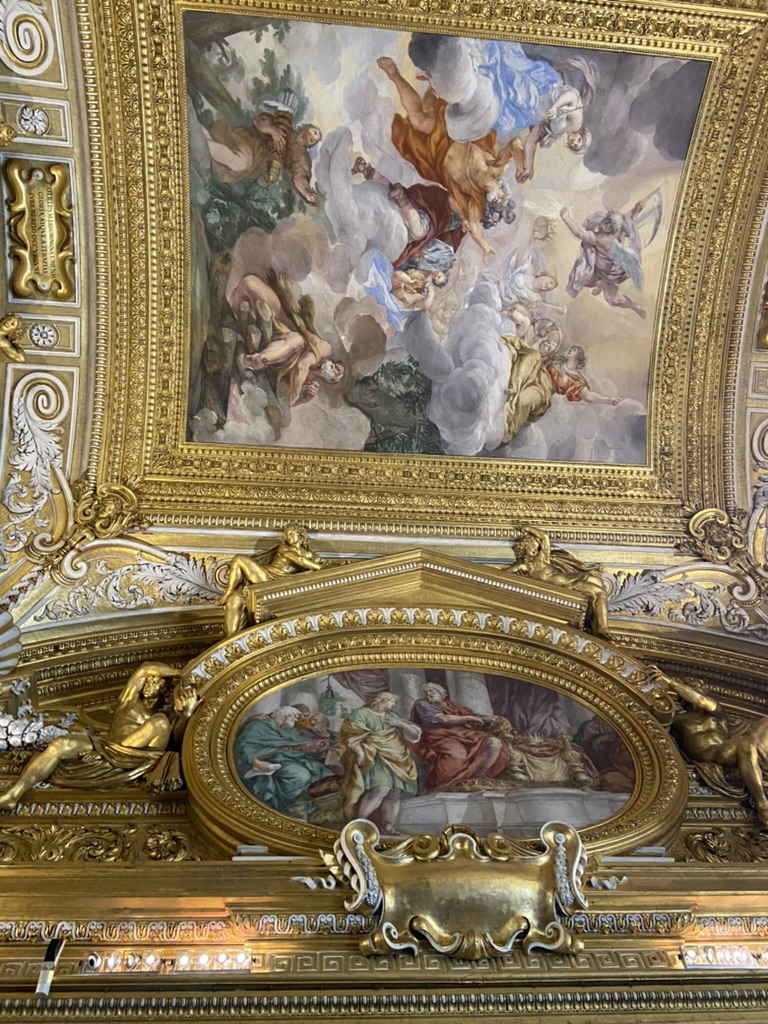
Why Visit Pitti Palace?
Pitti Palace is a must-visit destination for those seeking a glimpse into Italy’s rich past. Its compelling history, remarkable architecture, and the seamless integration with the adjacent Boboli Gardens make it a multifaceted attraction that appeals to history buffs, art enthusiasts, and nature lovers alike.
Connection to Boboli Gardens
What sets Pitti Palace apart is its seamless connection to the enchanting Boboli Gardens. Designed by Giorgio Vasari in the 16th century, these gardens serve as an outdoor extension of the palace’s opulence. The sprawling greenery, adorned with sculptures and fountains, provides a tranquil escape and complements the architectural grandeur of the palace.
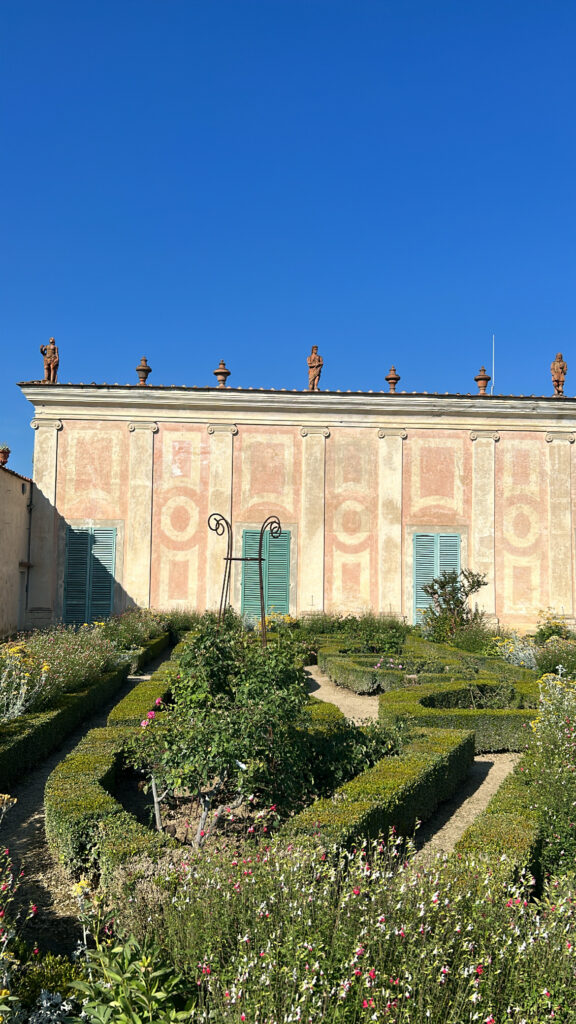
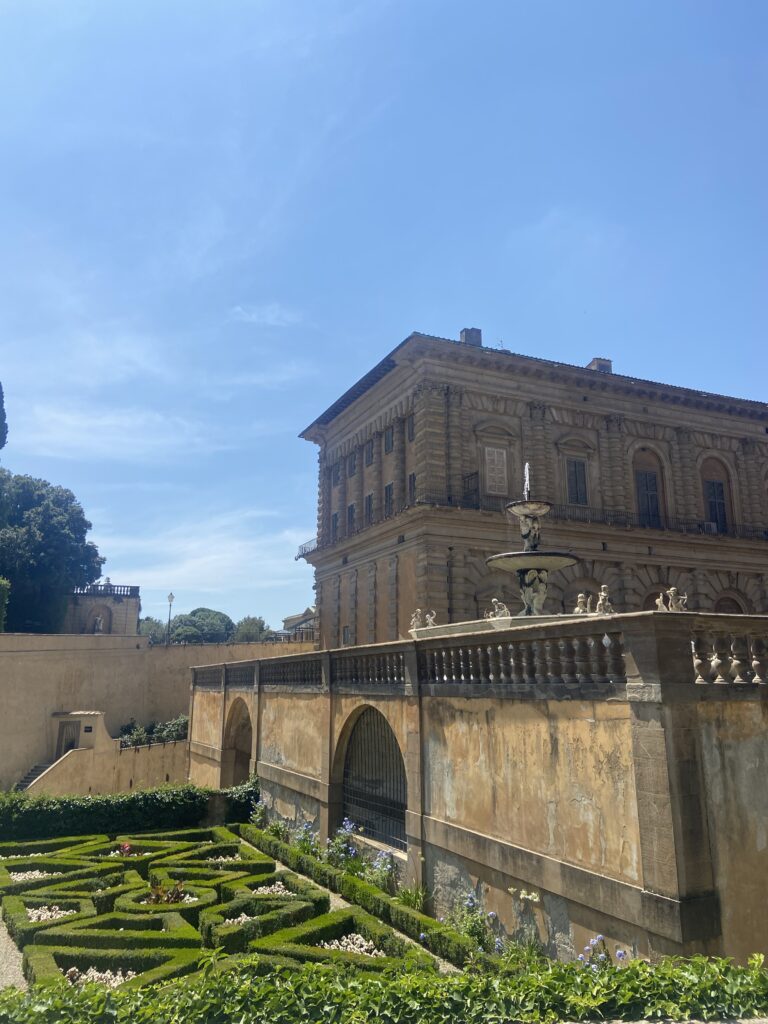

Explore the Boboli Gardens: Exploring the Boboli Garden, Florence
Hidden Treasures and Interesting Finds
A visit to Pitti Palace unveils a treasure trove of artistic masterpieces. The Palatine Gallery boasts works by renowned artists like Raphael and Titian, offering a visual feast for art connoisseurs. Among the numerous attractions, the Palatine Gallery stands out with its impressive collection of paintings, showcasing masterpieces by artists like Botticelli and Caravaggio. The Royal Apartments and the Costume Gallery provide a glimpse into the lavish lifestyle of the Medici family.
Architectural Marvels
The architectural brilliance of Pitti Palace is evident in its sturdy stone façade and imposing structure. The palace reflects a harmonious blend of Renaissance and medieval styles, transporting visitors to a bygone era. The sweeping views from the palace windows offer a captivating panorama of Florence, adding another layer to the overall experience.
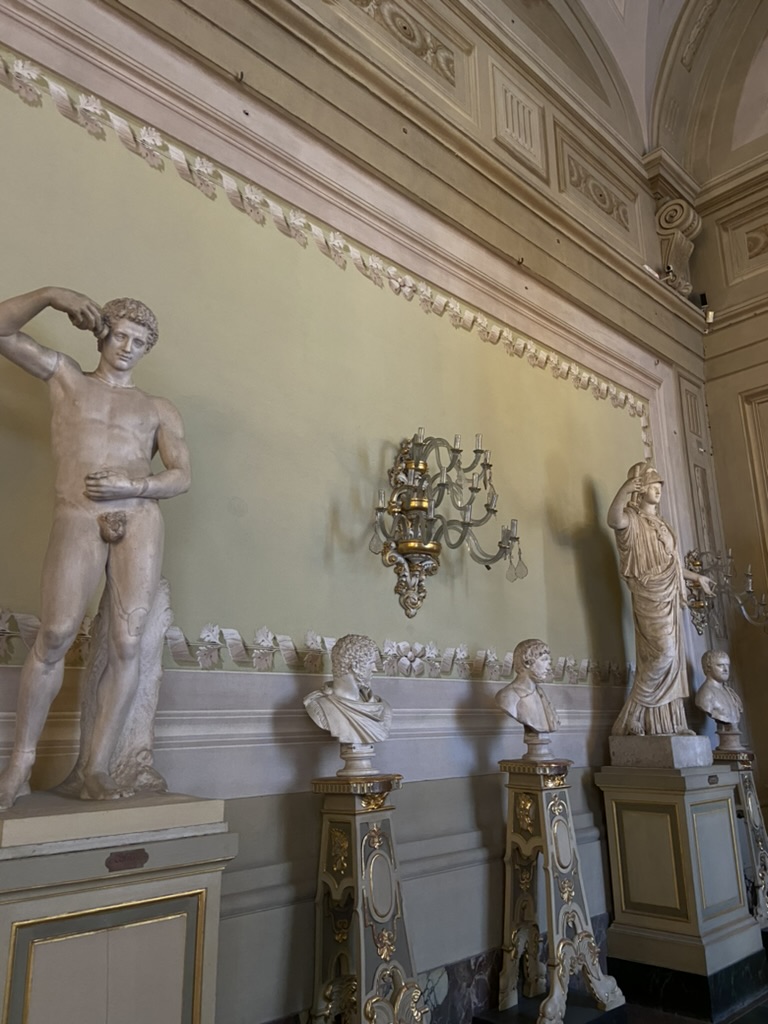

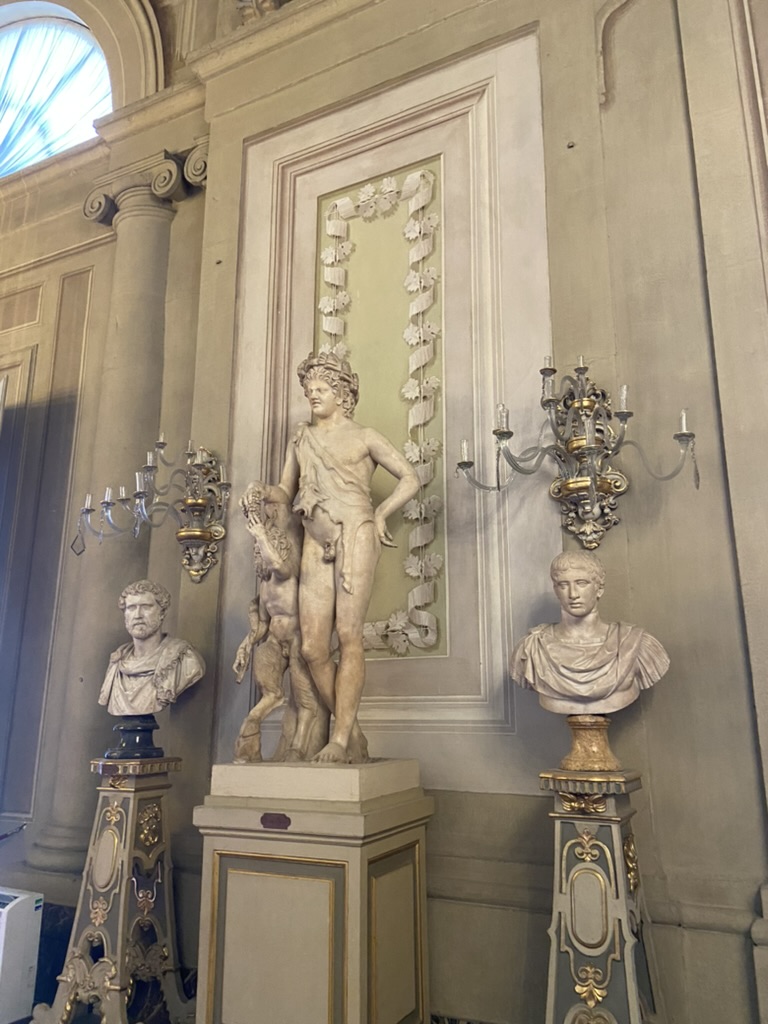
Opening Hours
To make the most of your visit, be aware of Pitti Palace’s opening hours. The palace welcomes visitors from Tuesday- Sunday, 8:15 AM to 6:50 PM, ensuring ample time to explore its historical wonders. These extended hours on certain days cater to various schedules, allowing both early risers and evening wanderers to partake in the cultural richness.
In conclusion, a visit to Pitti Palace is an immersive journey through the annals of Italian history and art. From the opulent interiors housing priceless treasures to the tranquillity of the Boboli Gardens, every facet of this destination beckons exploration. Whether you’re a history enthusiast, an art lover, or someone seeking a peaceful retreat, Pitti Palace promises an unforgettable experience that resonates with the spirit of Florence.
FAQs
- Is photography allowed inside Palazzo Pitti?
- Yes, photography is permitted in most areas, but flash photography is usually prohibited to preserve delicate artworks.
- Are there guided tours available?
- Absolutely! Palazzo Pitti offers guided tours for a more in-depth understanding of its history and art. Check the schedule for availability.
- Can I buy tickets at the entrance?
- Yes, you can purchase tickets at the entrance, but online booking is recommended for convenience.
- Are there any discounts for students or seniors?
- Yes, there are often discounts available for students, seniors, and children. Check the official website for current pricing and promotions.
- Can I bring food into Palazzo Pitti?
- Outside food and drinks are generally not allowed inside the palace, but there are cafes within the complex for refreshments.
